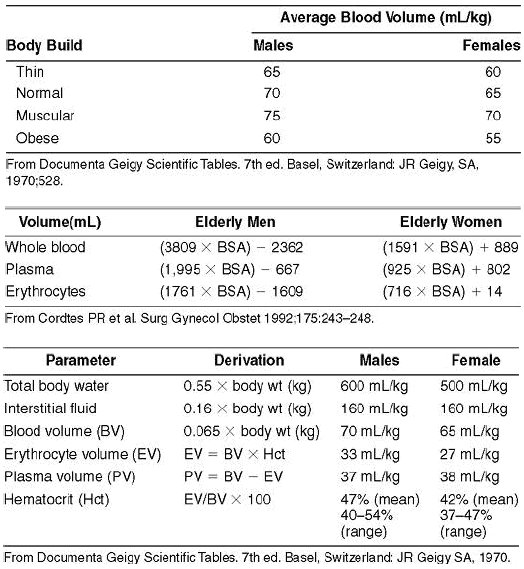Emergency Medicine and Surgery Q&A Series
Emergency Medicine and Surgery Q&A: Part 2
Last Modified: Monday, 22 September 2008
1. Define haemorrhage.
Clinically, haemorrhage is an uncontrolled, typically massive, bleed. Haemorrhage is secondary to failure of primary, secondary haemostasis, or both, caused either by local defect, such as trauma or telangiectasia, or underlying pathology. In primary haemostasis (plug formation) failure, which involves platelet adhesion, granule release, and platelet aggregation, platelet disorders are important to consider; in secondary haemostasis (coagulation and primary plug strengthening via fibrin formation) failure, a type of plasma or fibrin disorder need be considered. Primary and Secondary haemostatic stages correlate to primary and delayed haemorrhage.
2. Severity of bleeding depends on these 3 things; what are they?
They include: wound location, depth and size; vessel type and size; and bleeding rate and volume.
1. Define haemorrhage.
Clinically, haemorrhage is an uncontrolled, typically massive, bleed. Haemorrhage is secondary to failure of primary, secondary haemostasis, or both, caused either by local defect, such as trauma or telangiectasia, or underlying pathology. In primary haemostasis (plug formation) failure, which involves platelet adhesion, granule release, and platelet aggregation, platelet disorders are important to consider; in secondary haemostasis (coagulation and primary plug strengthening via fibrin formation) failure, a type of plasma or fibrin disorder need be considered. Primary and Secondary haemostatic stages correlate to primary and delayed haemorrhage.
2. Severity of bleeding depends on these 3 things; what are they?
They include: wound location, depth and size; vessel type and size; and bleeding rate and volume.
Average volume calculations
